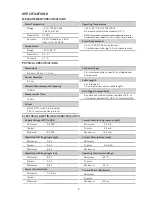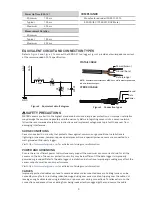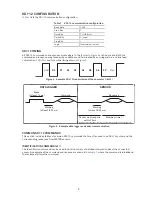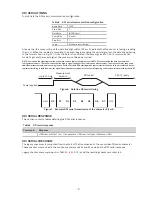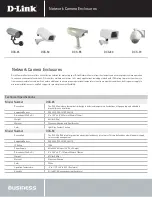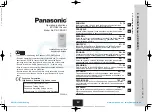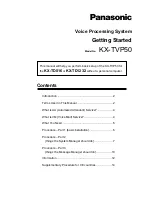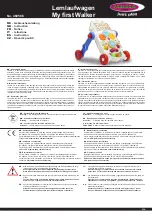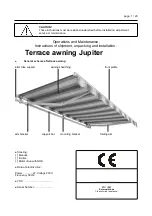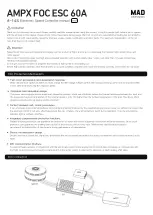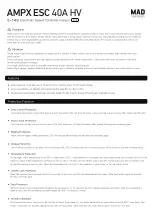
4
travelling between the TEROS 21 and the data acquisition device to the mounting mast in one or more places.
Install cables in conduit or plastic cladding when near the ground to avoid rodent damage. Tie excess cable to
the data logger mast to ensure cable weight does not cause sensor to unplug.
SENSOR COMMUNICATIONS
METER digital sensors feature a serial interface with shared receive and transmit signals for communicating
sensor measurements on the data wire (
). The sensor supports two different protocols: SDI-12 and DDI
serial. Each protocol has implementation advantages and challenges. Please contact
protocol choice for the desired application is not obvious.
SDI-12 INTRODUCTION
SDI-12 is a standards-based protocol for interfacing sensors to data loggers and data acquisition equipment.
Multiple sensors with unique addresses can share a common 3-wire bus (power, ground, and data). Two-way
communication between the sensor and logger is possible by sharing the data line for transmit and receive
as defined by the standard. Sensor measurements are triggered by protocol command. The SDI-12 protocol
requires a unique alphanumeric sensor address for each sensor on the bus so that a data logger can send
commands to and receive readings from specific sensors.
Download the
to learn more about the SDI-12 protocol.
DDI SERIAL INTRODUCTION
The DDI serial protocol is the method used by the METER data loggers for collecting data from the sensor. This
protocol uses the data line configured to transmit data from the sensor to the receiver only (simplex). Typically,
the receive side is a microprocessor UART or a general-purpose I/O pin using a bitbang method to receive data.
Sensor measurements are triggered by applying power to the sensor.
INTERFACING THE SENSOR TO A COMPUTER
The serial signals and protocols supported by the sensor require some type of interface hardware to be
compatible with the serial port found on most computers (or USB-to-serial adapters). There are several
SDI-12 interface adapters available in the marketplace; however, METER has not tested any of these
interfaces and cannot make a recommendation as to which adapters work with METER sensors. METER
data loggers and the ProCheck hand-held device can operate as a computer-to-sensor interface for
making on-demand sensor measurements. For more information, please contact
.
METER SDI-12 IMPLEMENTATION
METER sensors use a low-impedance variant of the SDI-12 standard sensor circuit (
). During the
power-up time, sensors output some sensor diagnostic information and should not be communicated with
until the power-up time has passed. After the power up time, the sensors are compatible with all commands
listed in the
except for the continuous measurement commands (
aR0
–
aR9
and
aRC0
–
aRC9
) and the concurrent measurement commands (
aC
–
aC9
and
aCC0
–
aCC9
).
M
,
R
, and
C
command
implementations are found on pages
Out of the factory, all METER sensors start with SDI-12 address
0
and print out the DDI serial startup string
during the power-up time. This can be interpreted by non-METER SDI-12 sensors as a pseudo-break condition
followed by a random series of bits.
The TEROS 21 will omit the DDI serial startup string (sensor identification) when the SDI-12 address is nonzero.
Changing the address to a nonzero address is recommended for this reason.
SENSOR BUS CONSIDERATIONS
SDI-12 sensor buses require regular checking, sensor upkeep, and sensor troubleshooting. If one sensor goes
down, that may take down the whole bus even if the remaining sensors are functioning normally. Power cycling
the SDI-12 bus when a sensor is failing is acceptable, but METER does not recommend scheduling power cycling
events on an SDI-12 bus more than once or twice per day. Many factors influence the effectiveness of the bus
configuration. Visit
for articles and virtual seminars containing more information.


